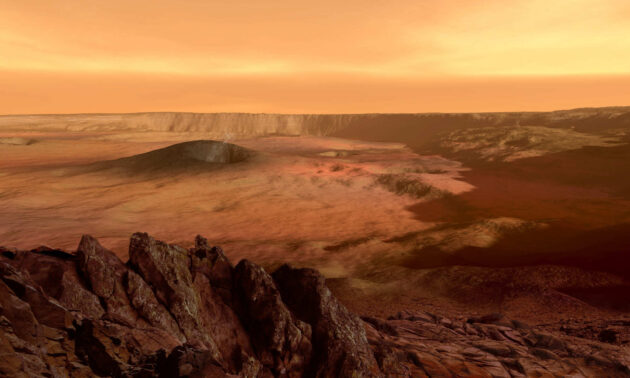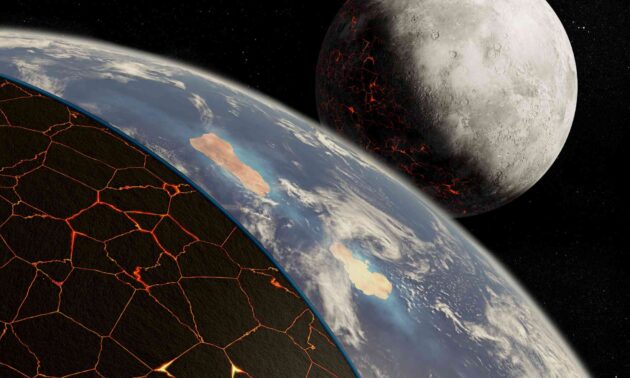Recent News
For more news about the Department of Earth and Environmental Sciences, visit our research highlights.

Wave-like landforms on Mars offer insights about the planetтАЩs icy past, its potential habitability, and the physics of flowing granular materials.

The start of a new year brought innovative events, a peek into the past, and a snowy first day of classes. HereтАЩs how we spent January at the 91╫╘┼─┬█╠│.

Precise curation was necessary to discover that the Bennu asteroid sample contains building blocks of life on Earth.

The Wells Prize honorees exemplify the best of the multidisciplinary educational opportunities available at 91╫╘┼─┬█╠│.

The recommendation is based on new research from 91╫╘┼─┬█╠│ scientists about the role of streaming instability in forming moons and planets.

Evidence suggests a weak magnetic field millions of years ago may have fueled the proliferation of life.

91╫╘┼─┬█╠│ researchers are uncovering the unexpected role of grain shape in the mixing of granular systems such as pharmaceuticals, cereal, and landslides.

Four 91╫╘┼─┬█╠│ scientists have received prestigious NSF CAREER awards, presented to early-career faculty members for research and education initiatives.

The finding contradicts previous assumptions about the role of mobile plate tectonics in the development of life on Earth.

The national designation from the Xerces Society for Invertebrate Conservation is the result of a two-year, student-led effort.